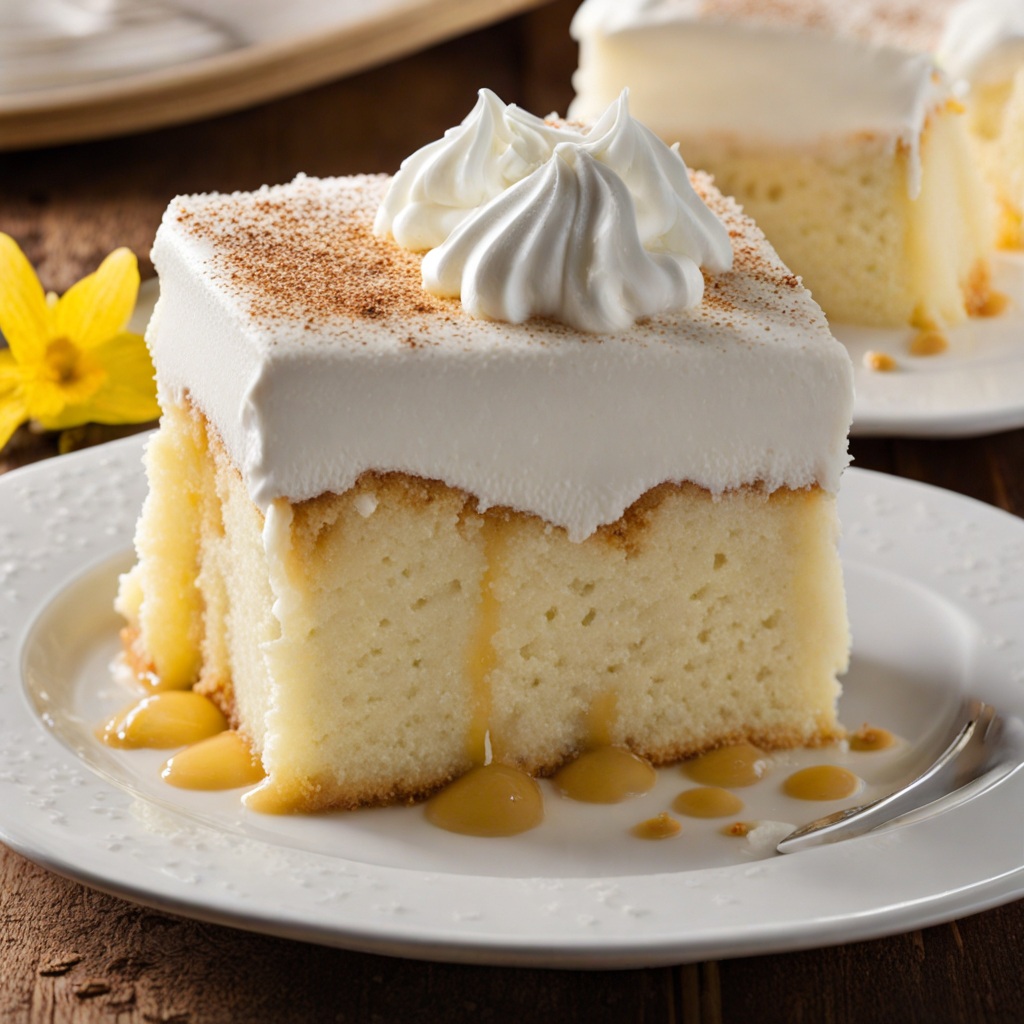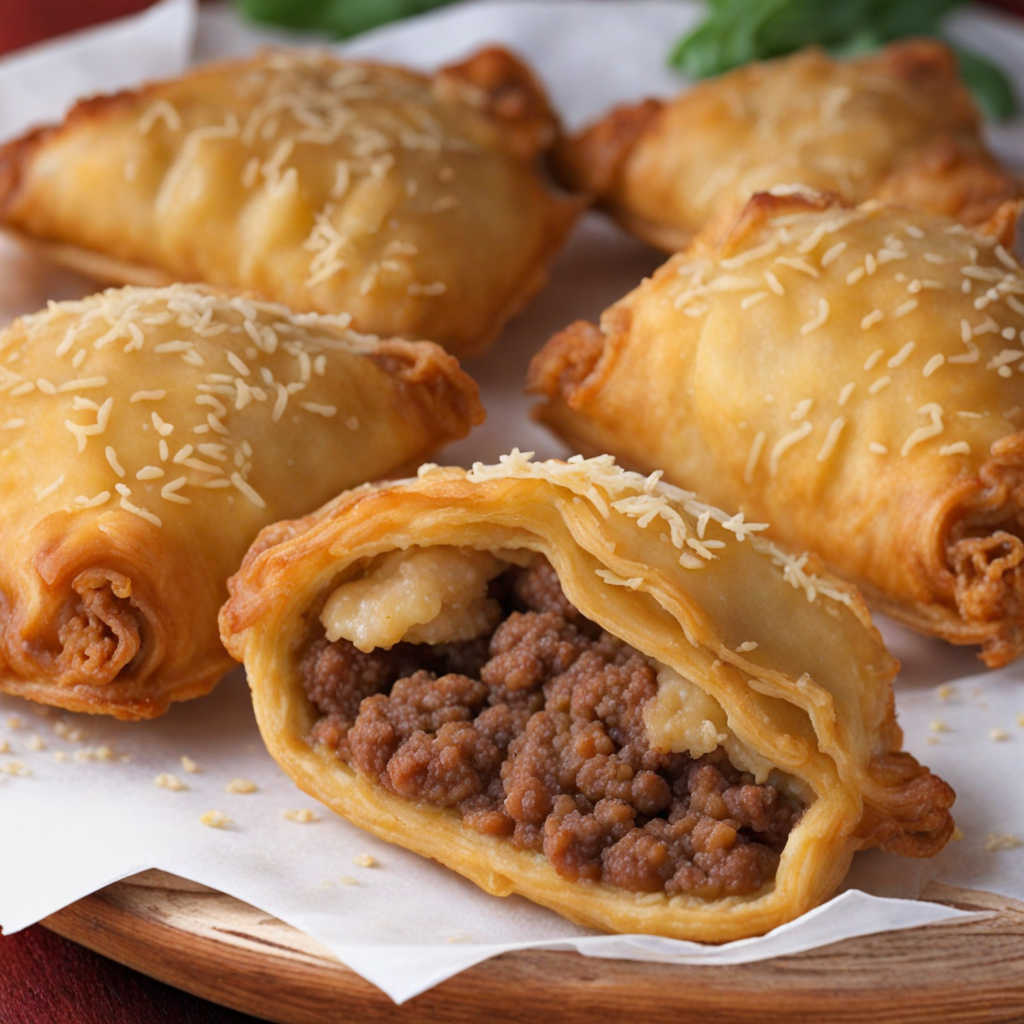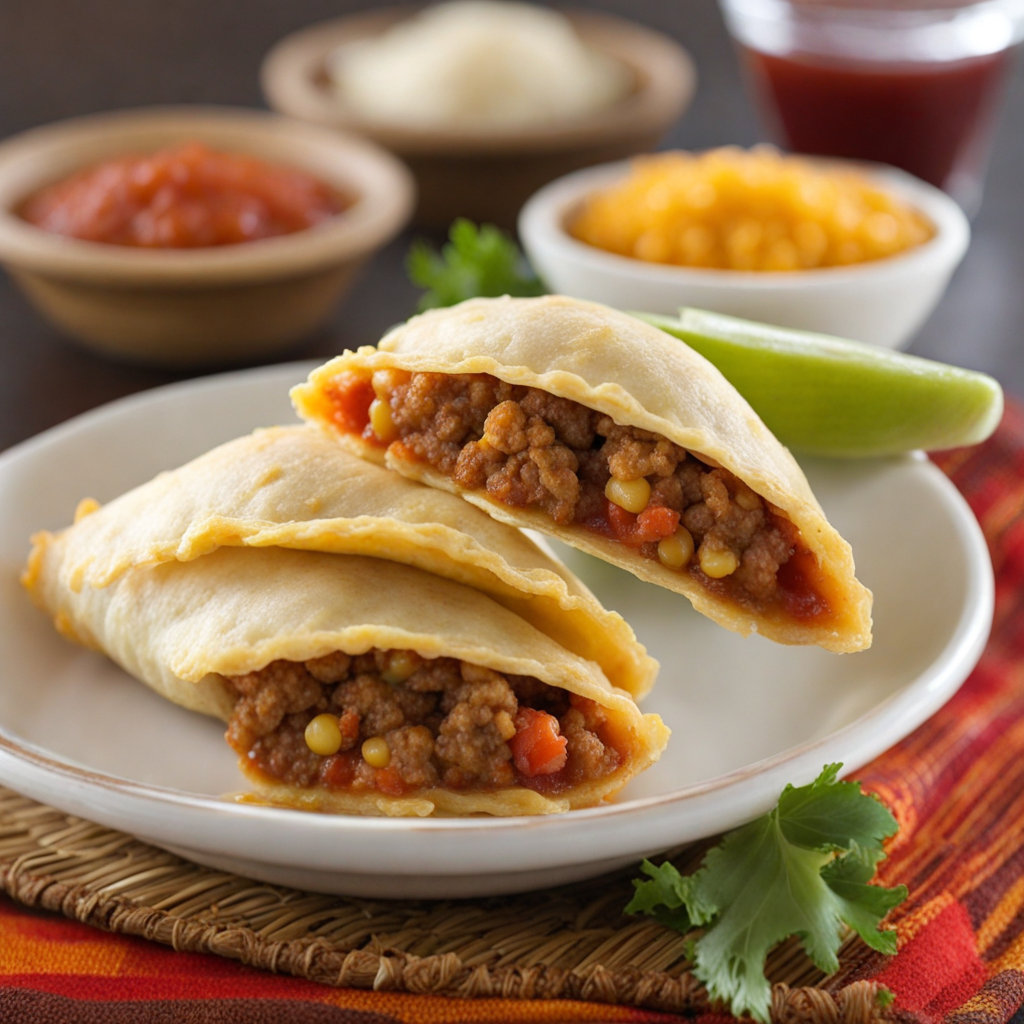Tres Leches Cake
Tres Leches Cake, originating from Latin America, is a delightful dessert that has made its way into the hearts of many, especially in Honduras. This cake is a moist sponge cake soaked in a rich mixture of three types of milk: evaporated milk, condensed milk, and heavy cream. The result is a luscious, creamy texture that melts in your mouth. Each bite is an explosion of sweetness, balanced by the lightness of the cake, making it an irresistible treat for those with a sweet tooth. What sets Tres Leches Cake apart is its unique preparation and presentation. The cake itself is typically baked until golden and fluffy, then pierced with a fork to allow the milk mixture to seep in deeply. Once fully soaked, the cake is often topped with a layer of whipped cream and a dusting of cinnamon or fresh fruit, adding a touch of elegance and a burst of flavor. The visual appeal, combined with the rich taste, makes this cake a popular choice for celebrations and special occasions. In Honduras, Tres Leches Cake carries a sense of tradition and comfort, often served during birthdays, weddings, and family gatherings. Its simplicity and decadence evoke a sense of nostalgia, as many associate it with joyful moments shared with loved ones. As you explore the world of Honduran cuisine, indulging in a slice of Tres Leches Cake is a must, as it encapsulates the warmth and hospitality of the culture, leaving an unforgettable impression on your palate.
How It Became This Dish
The Sweet History of Pastel de Tres Leches: A Honduran Delight Among the many culinary treasures of Central America, Pastel de Tres Leches, or "Three Milk Cake," holds a special place in the hearts of many, particularly in Honduras. This delectable dessert boasts a rich history that intertwines with the cultural fabric of the region, making it more than just a treat, but a symbol of celebration, community, and identity. Origins: A Confluence of Cultures The origins of Pastel de Tres Leches can be traced back to Latin America, with various countries claiming its creation. The cake is believed to have emerged in the 19th century, inspired by traditional European cakes that made use of milk and cream. The term "tres leches" refers to the three types of milk used in the recipe: evaporated milk, condensed milk, and heavy cream, which together create a moist and indulgent dessert. While the exact birthplace of Pastel de Tres Leches is debated, it is widely accepted that the cake's roots can be found in the culinary traditions of Spain, where milk-based desserts are prevalent. As Spanish colonizers spread throughout Latin America, they brought with them their culinary practices, which mingled with indigenous ingredients and techniques. This fusion gave rise to various interpretations of milk-based cakes, including what would eventually become the iconic Pastel de Tres Leches. In Honduras, the cake has become a staple at celebrations, ranging from birthdays to weddings and religious gatherings. Its popularity is partly due to the local availability of dairy products, making it an accessible dessert for many families. The cake's moist texture and rich flavor have made it a favorite not just in Honduras, but throughout Central America and beyond. Cultural Significance: More Than Just a Dessert In Honduran culture, food is more than sustenance; it is a means of connection and expression. Pastel de Tres Leches embodies this sentiment, as it is often prepared for communal celebrations, serving as a centerpiece at gatherings. The act of baking and sharing the cake fosters a sense of togetherness among families and friends, reinforcing social bonds and cultural ties. Hondurans take great pride in their culinary heritage, and Pastel de Tres Leches is a shining example of this pride. The cake's preparation varies from household to household, with each family adding its unique touch. Some might incorporate flavors such as vanilla, cinnamon, or even rum, while others might top it with fresh fruit or whipped cream. This adaptability makes the cake a canvas for individual creativity, allowing it to evolve while still honoring its traditional roots. The cake is also a significant symbol of celebration in Honduras. It is often served at holidays such as Christmas, where families gather to share meals and enjoy sweets. Additionally, during religious festivities like the Feast of the Virgin of Suyapa, which honors the patroness of Honduras, Pastel de Tres Leches is commonly featured. Its presence at these events underscores the cake's role as a marker of cultural identity and communal joy. Development Through the Ages As with many dishes, the history of Pastel de Tres Leches has seen its fair share of evolution. Over the years, the cake has adapted to changing tastes and available ingredients, with variations emerging across the region. In Nicaragua and Mexico, for example, the cake has taken on its distinct forms, often influenced by local customs and preferences. The rise of globalization has also played a role in the transformation of Pastel de Tres Leches. As Honduran communities have migrated, they have brought their culinary traditions with them, sharing the cake with diverse audiences. Today, it is not uncommon to find Pastel de Tres Leches in bakeries and restaurants far beyond Central America, particularly in the United States, where it has become increasingly popular in Latinx communities. Social media has further contributed to the cake's visibility, with platforms like Instagram and TikTok showcasing mouth-watering images and recipes. This exposure has helped to popularize Pastel de Tres Leches among younger generations, who appreciate not only its taste but also its cultural significance. The cake has become a symbol of nostalgia for many immigrants, serving as a reminder of home and heritage. Modern Interpretations and Global Impact In recent years, chefs and home bakers alike have begun experimenting with Pastel de Tres Leches, leading to innovative interpretations of this classic dessert. Some have introduced flavors like chocolate or coconut, creating variations that appeal to contemporary palates. Others have gone a step further, crafting vegan versions of the cake, using plant-based milks and alternative sweeteners to accommodate dietary preferences. The cake’s versatility has also made it a popular choice for fusion cuisine. Chefs in various culinary settings have incorporated elements from different culinary traditions, resulting in unique dishes that pay homage to the original while pushing boundaries. For instance, some have paired Pastel de Tres Leches with tropical fruits such as mango or passion fruit, adding a refreshing twist that highlights the cake's adaptability. Despite these modern variations, the essence of Pastel de Tres Leches remains intact. It continues to evoke feelings of comfort and nostalgia, serving as a bridge between generations. In Honduras, the traditional preparation of the cake is often passed down through families, ensuring that the recipes and stories associated with it endure. Conclusion: A Sweet Legacy Pastel de Tres Leches is more than just a cake; it is a testament to the rich tapestry of Honduran culture and culinary history. Its origins reflect the blending of diverse influences, while its presence in celebrations speaks to the communal spirit of the Honduran people. As the cake continues to evolve and adapt in response to contemporary tastes and global influences, it remains a cherished symbol of identity, resilience, and joy. In every slice of Pastel de Tres Leches, one can taste the history of Honduras—a history that is both sweet and enduring. Whether enjoyed at a family gathering or a festive celebration, this beloved dessert captures the essence of a culture that values togetherness, tradition, and the simple pleasure of sharing a meal. As we savor each bite, we honor the generations that have come before us and the vibrant culinary heritage that continues to thrive today.
You may like
Discover local flavors from Honduras







